🦀 Issue 59 - Is there any good way to treat tendinopathy?
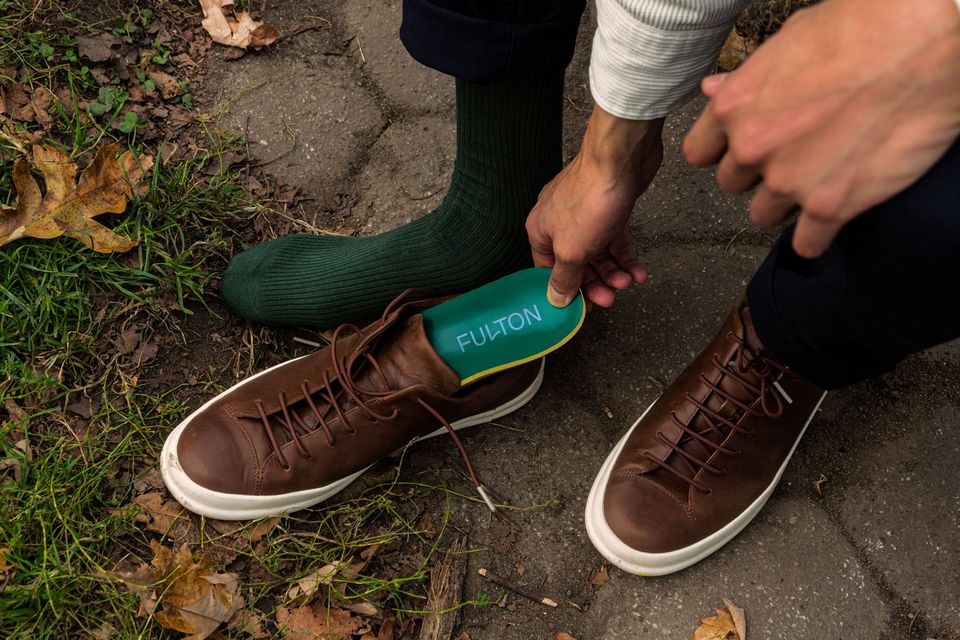
In answer to my question, yes, it looks like there is. Unfortunately, there isn’t a good way to get my iPad to understand that tendinopathy is indeed spelled correctly, so there’s no way to get rid of those annoying squiggly lines. Ah well.
This week, we’re also featuring what ankle braces actually do to foot loading. PT Crab supporters got twice as many articles this week, including some new data on predicting ACL injuries, and a perspective piece on the controversial area of manual therapy.
Also this week, PT Crab is sponsored by Fulton, a new type of insole company. Full details below, including 10% off with promo code PTCrab10.
Let’s dive in!
There is a good treatment for patellar tendinopathy.
The Gist - And that way is eccentric exercise. This isn’t the most ground-breaking work, since we already had quite a few studies about it, but this RCT from the Archives of PM&R dug a bit deeper by comparing a standard eccentric exercise protocol to one combined with dry needling and another with percutaneous needle electrolysis (AKA electric dry needling). 48 people entered, all got better, but none of the interventions beat another at a significance of .05. They were measuring changes in pain and disability and checking out structural changes to the tendons (which didn’t happen, as it turns out). To keep things blind-ish, they also used sham needles on the control, EE-only group. Well done them!
Tell Me More - What exercises did they do? They followed the Young protocols, mainly single-leg squats on a decline board at low speed.
What dry needling did they do? The used 0.25’s on the tendon and used ultrasound guidance to ensure that they actually poked the injured area. Each session had three needle insertions lasting three seconds each. The electric pokes also have a 3mA current applied at the same time.
Other things? Well the whole group was just 48 patients, so 16 in each group and the vast majority of them were men (42 of 48) so it may not be too generalizable. Overall, a nice, short study to let us know that DN is apparently not the way in patellar tendinopathy, sorry ya’ll.
Paper? Here ya go.
Gel Insoles Suck. But there’s an alternative.
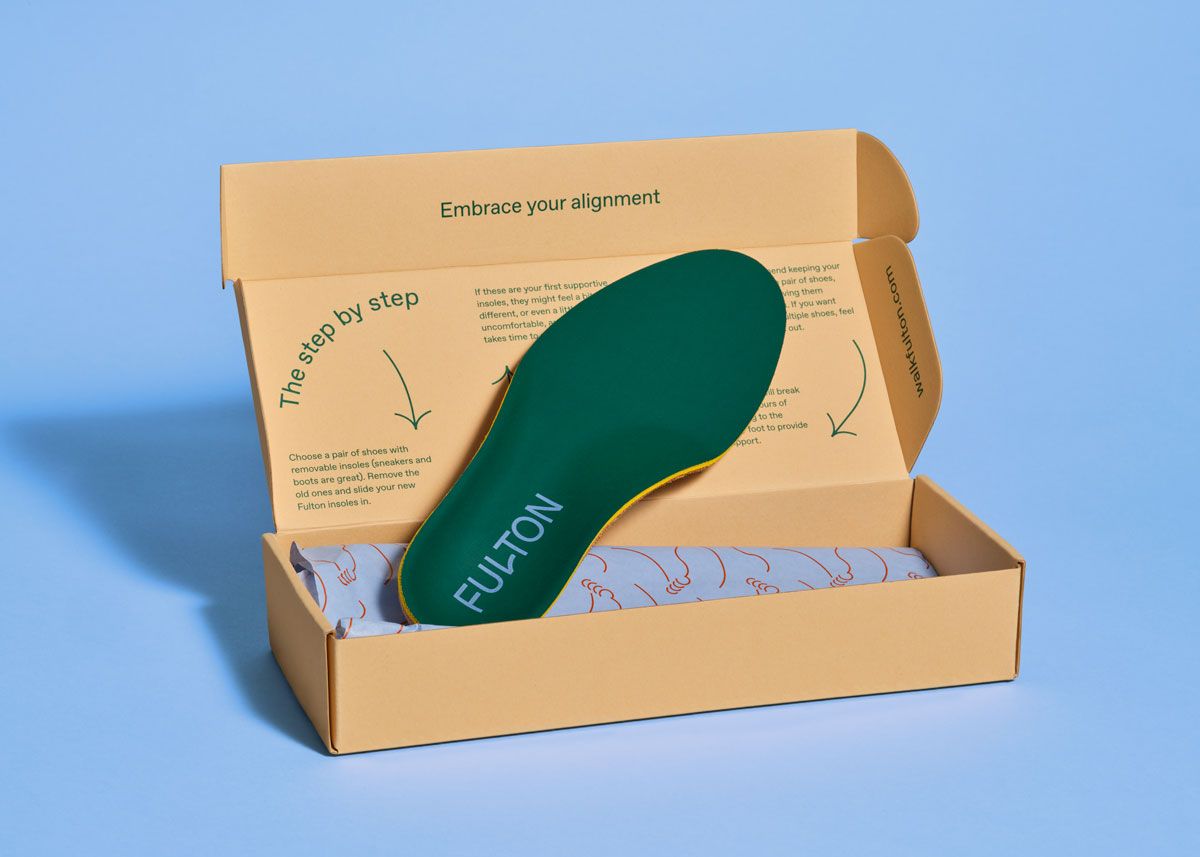
The Gist - Do you patients need arch or foot support in their worn out white New Balances? Do you have someone who “wears the same shoe every day, no matter what” and won’t take your advice to change it? We’ve all had that guy as a patient and we know how tough it is to talk them into support. But we also know how important the correct support down there is to everything that they do. Well it’s time to introduce Fulton, a new insole company who want to support you and your patients from the ground up. This is a modern brand of arch support, changing how things are done.
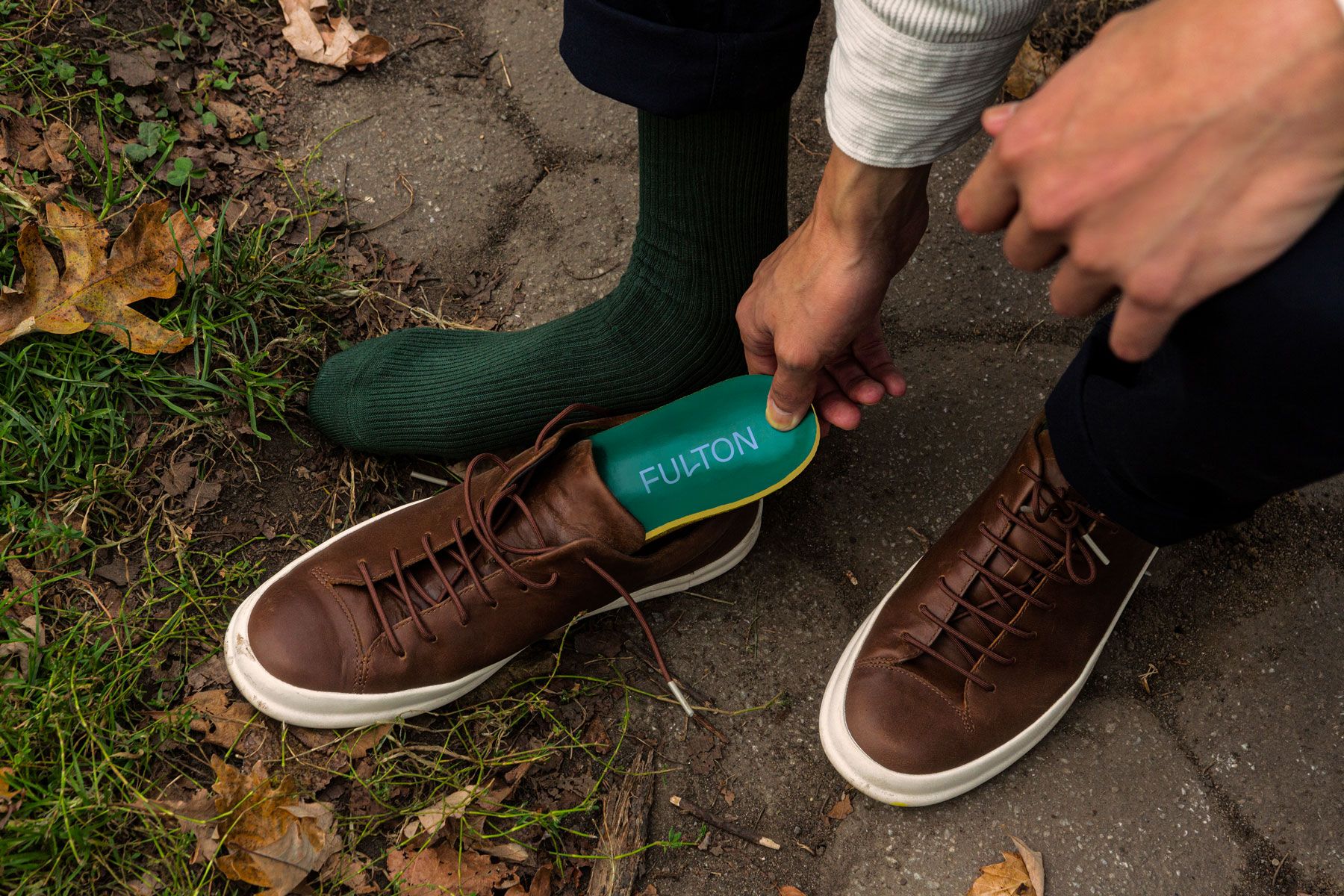
Tell Me More - Fulton uses sustainable materials to produce supportive and comfortable insoles that improve alignment and posture. The cork base absorbs shock and molds to your foot, providing a custom fit, the deep hell cup provides maximal stability, natural latex foam improves comfort, and every piece of the insole is natural and biodegradable. They have free shipping and returns, so every order is risk free.
Learn more and order at WalkFulton.com for a better way to walk. And also get 10% off with promo code PTCrab10, cuz you, dear reader, shouldn't have to pay full price.
Link? I mean, it’s right up there, but sure, I’ll put it here too.
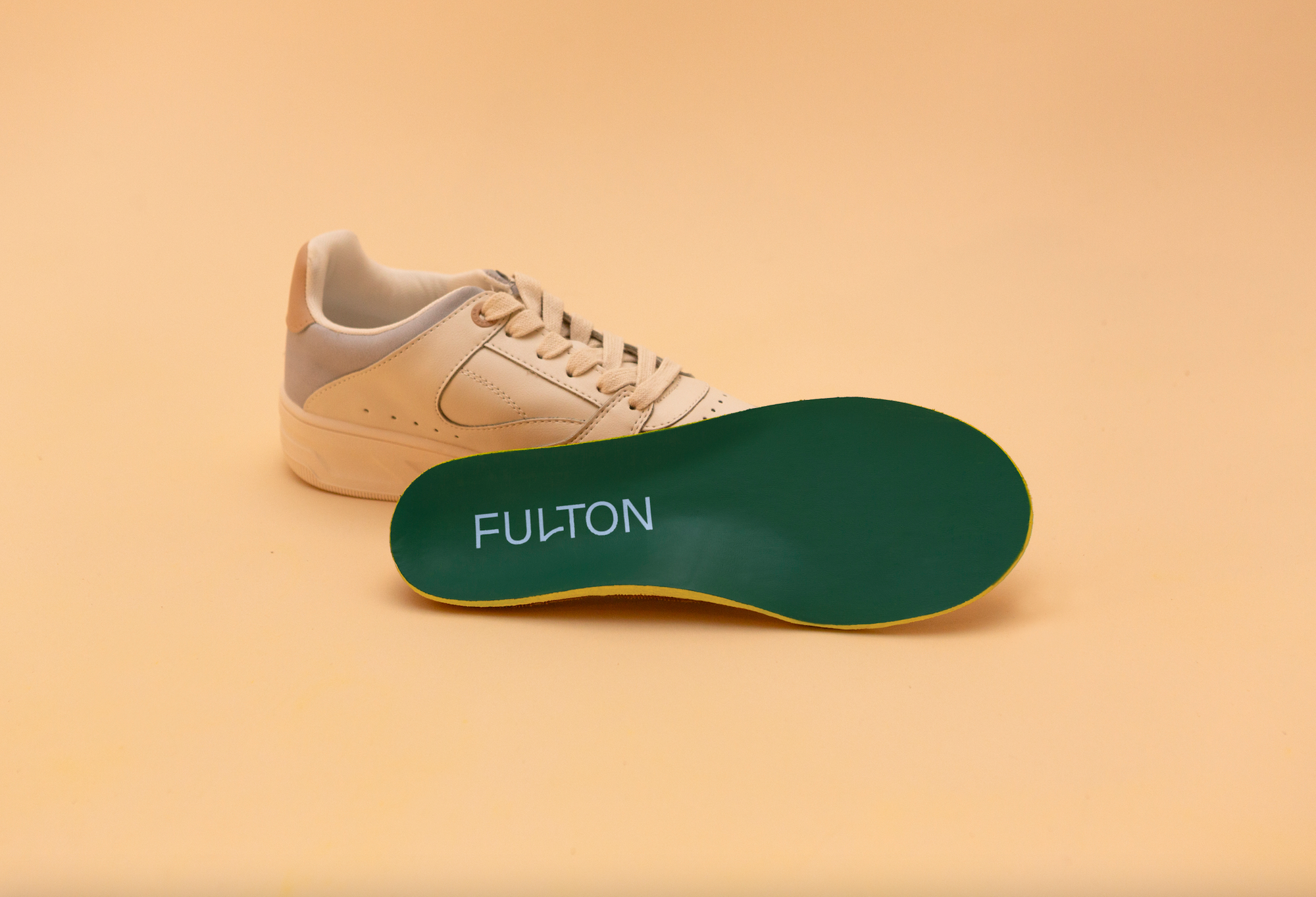
What do ankle braces actually do?
The Gist - These researchers publishing in the Journal of Athletic Training wanted to find out. Specifically, they wanted to know what ankle bracing does to foot posture and plantar loading. So, they braced a big bundle of ankles from a recreationally active population in three different ways, put them all in the same kind of shoe, and took lots of biomechanical data. They used a basic lace-up brace, a fancy Aircast brace, and no brace at all as their three testing conditions. At the end, they were able to show that the more rigid brace (the Aircast) increased loading the midfoot and decreased it in the forefoot when compared to the no-brace condition. This change was strongest while the participants were running and cutting.
Tell Me More - The ankle bracing also helped spread the load more evenly across the foot in all conditions, possibly helping reduce “irregular plantar loads” that could cause injuries. The ankle bracing did tweak some foot types even more than others. People with pes planus saw a larger effect than those with pes cavus, but everyone saw a shift of forces from the forefoot to the midfoot to some degree.
This is kind of a first step in this field to determine if ankle braces really work as an injury-prevention tool. We already know that they can help stabilize already injured ankles, but we don’t know how well they work in prevention. This data is a small window into how they may work, but we just don’t have enough information yet.
Paper? Sure thing duckling.

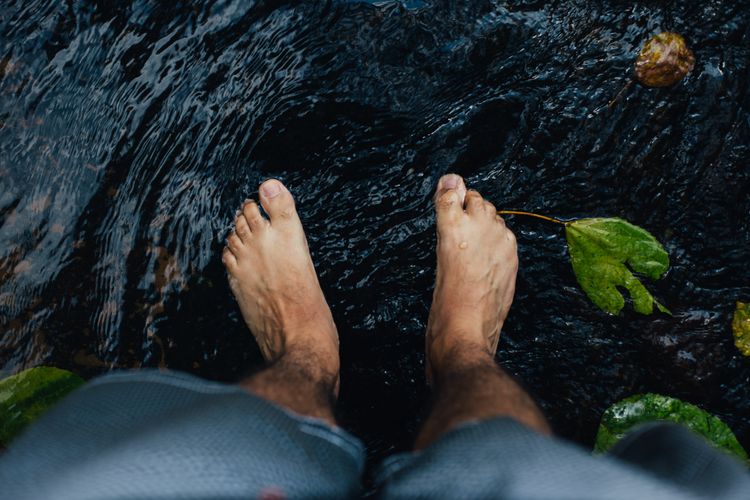
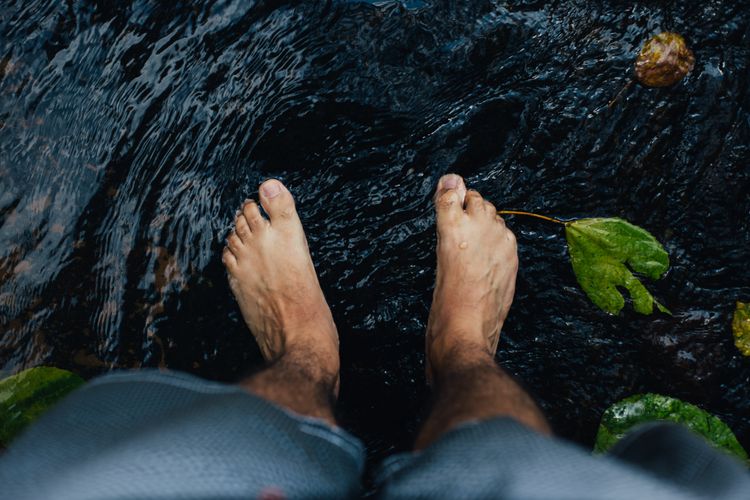
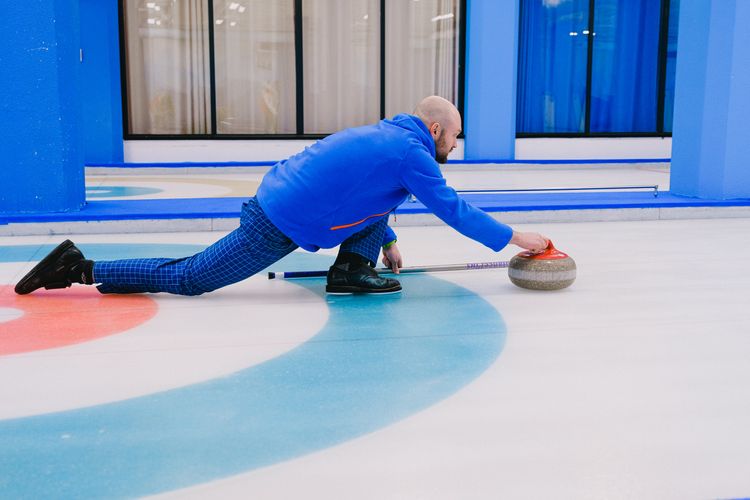
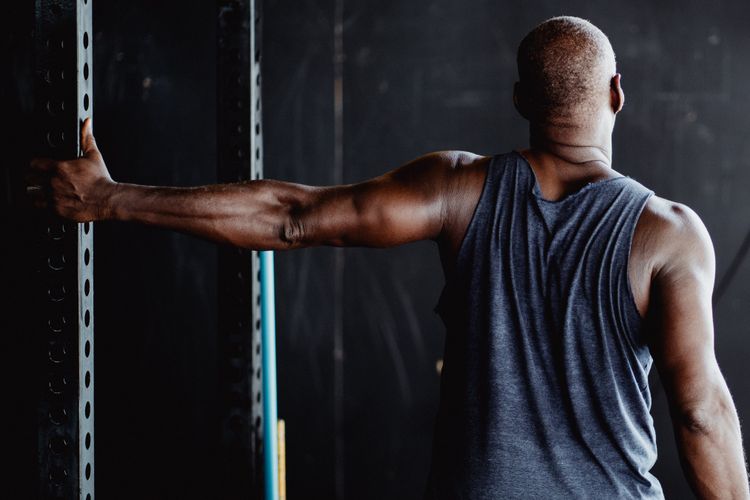
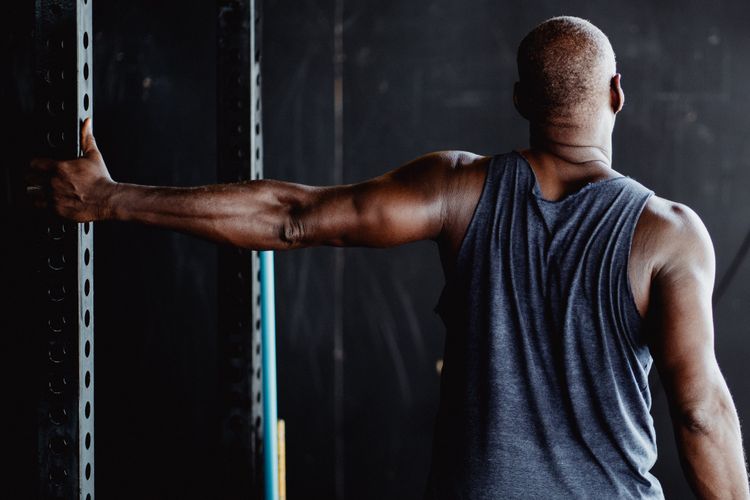
Comments
Want to leave a comment and discuss this with your fellow PTs? Join PT Crab and get summarized PT research in your inbox, every week.